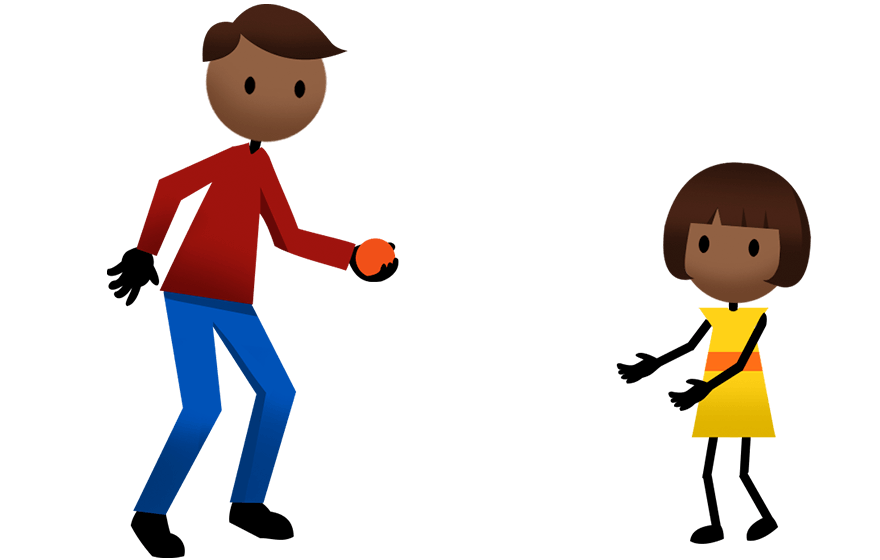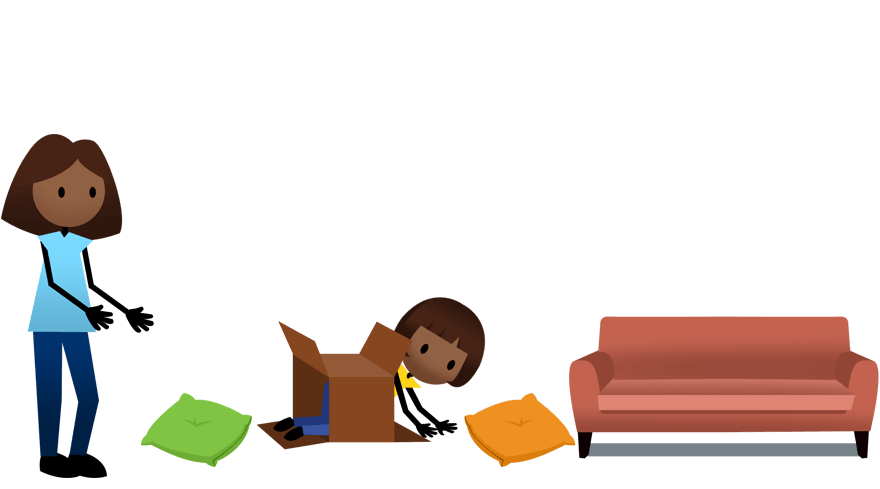
by Rashmi Sharma | May 16, 2020 | Fitness Activity
- Give each player a ball and have them line up at the side of the field.
- Place a cone with a ball on it about 10 feet from each player.
- Have the players kick their ball one at a time at the cone to try to knock the ball off the cone directly in front of them.
- For a variation on this game, line up several cones with soccer balls on them like actual bowling pins and see how many “pins” the players can knock down.

by Rashmi Sharma | May 16, 2020 | Fitness Activity
- Give each player a ball and have them stand at the end of the field.
- Have the players run while kicking the ball up the field.
- Call out a command as the players are dribbling with the ball. It could be to roar like lions, drop to the ground and slither like snakes, skip around a tree close by, or it could be the choice of one of the players. After a short time of executing their command (say 30 seconds or so), have the players return to dribbling the ball until the next command is called out.

by Rashmi Sharma | Apr 20, 2020 | Fitness Activity

Requirements
- A beanbag, soft foam ball, or sock ball (made by stuffing two socks into one another)
Instructions
- Show your child the underhand catching stance: hands at waist height in front of stomach, palms facing upward, and pinky fingers almost touching.
- Stand 2-3 metres from your child and gently toss the ball into his or her hands.
- If your child has difficulty catching the ball, move closer (as little as 30 cm for small children).
- As your child begins to catch the ball consistently, move farther away. See how far away your child can catch the ball.
- Keep your ball tosses at waist height.
Variations
At distances of 5-10 metres, toss the ball slightly to each side – child should move their feet to get behind the ball
Benefits
This activity develops hand-eye coordination, fine motor control, and the ability to track moving objects in the air. These skills transfer to sports and activities that involve flying objects (e.g., balls, shuttlecocks, frisbees, ribbons, sticks, batons).

by Rashmi Sharma | Apr 18, 2020 | Fitness Activity

Requirements
• Staircase (indoor or outdoor)
• Preferably non-slip stairs
Instructions
- After your toddler has been walking for 5-6 months, practice walking up and down stairs together.
- Hold your toddler’s hands, and help them to walk up and down small sets of stairs (4-8 treads).
- Never let go of your toddler’s hands. Be prepared to support them at any moment.
Variations
• When your toddler arrives at the “top” stair, encourage them to turn on their own. Continue to hold their hands.
Benefits
This activity develops dynamic balance in preparation for all walking and running activities at older ages.

by Rashmi Sharma | Apr 18, 2020 | Fitness Activity
Requirements
- Cardboard boxes, cushions, chairs, and other items found indoors.
Instructions
- Create an obstacle course inside your home using cushions, chairs, sofas, cardboard boxes, and anything else that provides a safe obstacle to climb over or through.
- Give your child ideas about how to move through the obstacle course, and lead your child through the course wherever possible.
- As your child moves through the obstacle course, stay close and provide assistance if needed.
Variations
- Ask your child to suggest ideas for obstacles, or ask them to create their own obstacle course.
Benefits
This activity develops agility, balance, and coordination as your child moves through the obstacle course.










